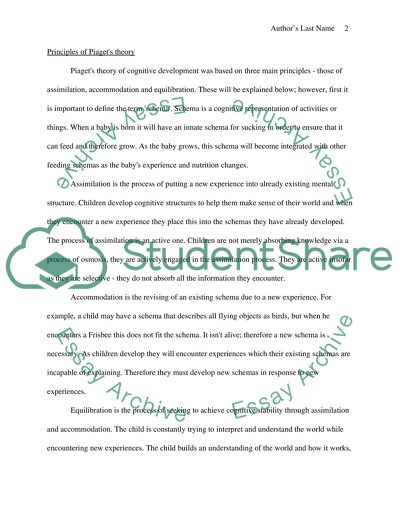Cite this document
(“Introduction to Child Development Essay Example | Topics and Well Written Essays - 2250 words”, n.d.)
Introduction to Child Development Essay Example | Topics and Well Written Essays - 2250 words. Retrieved from https://studentshare.org/miscellaneous/1513239-introduction-to-child-development
Introduction to Child Development Essay Example | Topics and Well Written Essays - 2250 words. Retrieved from https://studentshare.org/miscellaneous/1513239-introduction-to-child-development
(Introduction to Child Development Essay Example | Topics and Well Written Essays - 2250 Words)
Introduction to Child Development Essay Example | Topics and Well Written Essays - 2250 Words. https://studentshare.org/miscellaneous/1513239-introduction-to-child-development.
Introduction to Child Development Essay Example | Topics and Well Written Essays - 2250 Words. https://studentshare.org/miscellaneous/1513239-introduction-to-child-development.
“Introduction to Child Development Essay Example | Topics and Well Written Essays - 2250 Words”, n.d. https://studentshare.org/miscellaneous/1513239-introduction-to-child-development.


